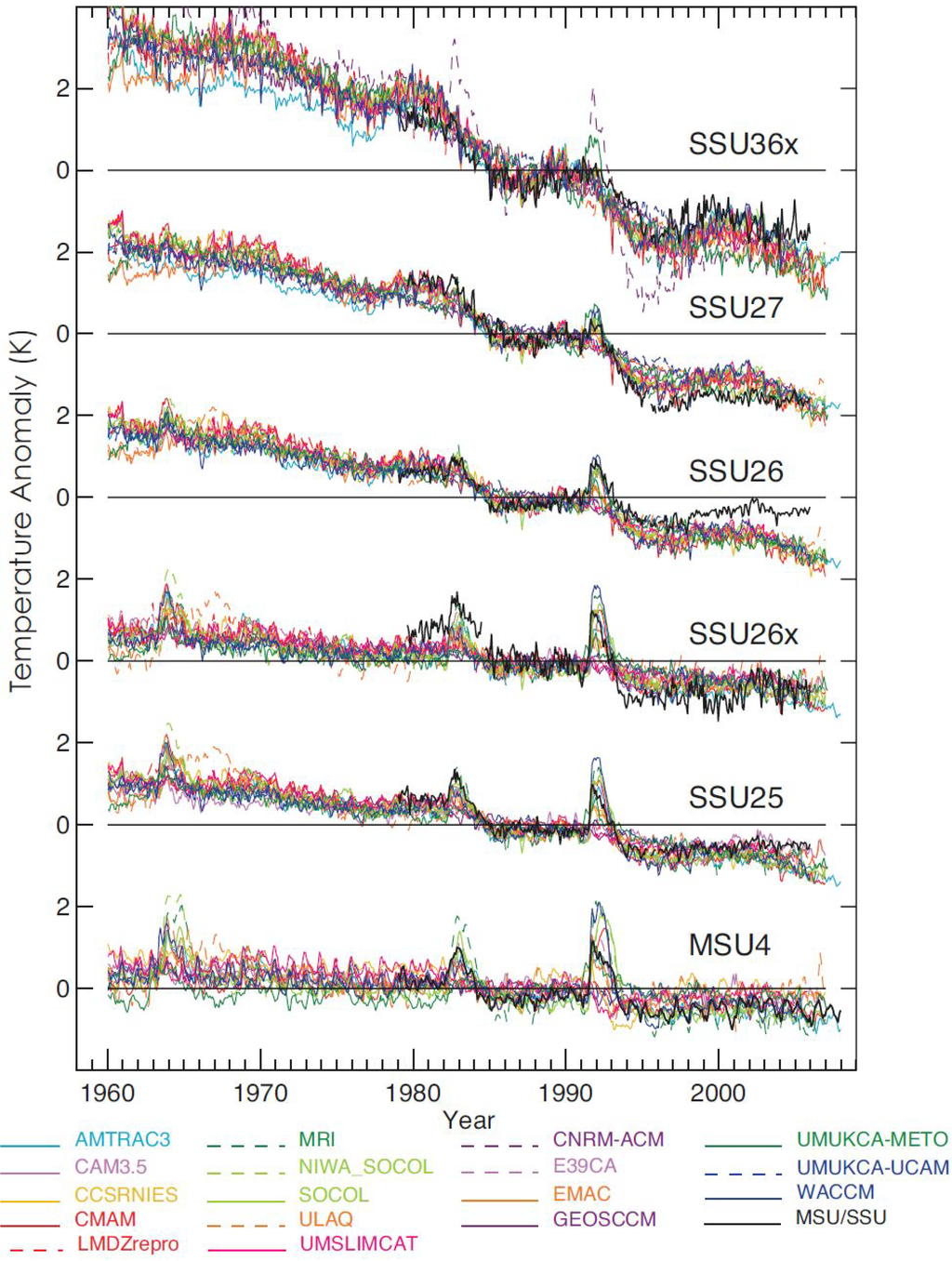<blockquote>How human gametes might be environmentally methylated is either unknown or “impossible”.</blockquote>Methylation is fundamentally inheritable. There are enzymes that carry the methylation on one side of a DNA string (inherited from the original) to the other after DNA replication. If those enzymes are expressed, methylation will be inherited during mitosis. Also, gametes will posses it if their parent cells in the germ line do.
Methylation can be added, during development <b>or lifetime</b> by, <i>e.g.</i>, <a href="https://scholar.google.com/scholar?q=de+novo++DNA++methyltransferases+DNMT3A+and+DNMT3B&hl=en&as_sdt=0&as_vis=1&oi=scholart&sa=X&ved=0CBwQgQMwAGoVChMIxaPU8LOZxwIVE-iACh3wXwgf" rel="nofollow"><i>de novo</i> DNA methyltransferases DNMT3A and DNMT3B</a>. If they are added in the germ line, they can be inherited by sexual offspring. (Note that mechanisms for such "epigenetic" inheritance have to be present as the result of prior genetic evolution.)
Methylation can also be <a href="http://zhanglab.tch.harvard.edu/2010papers/10.pdf" rel="nofollow">removed:</a><blockquote>DNA methylation is one of the best-characterized epigenetic modifications and has been implicated in numerous biological processes, including transposable element silencing, genomic imprinting and X chromosome inactivation. Compared with other epigenetic modifications, DNA methylation is thought to be relatively stable. Despite its role in long-term silencing, DNA methylation is more dynamic than originally thought as active DNA demethylation has been observed during specific stages of development. In the past decade, many enzymes have been proposed to carry out active DNA demethylation and growing evidence suggests that, depending on the context, this process may be achieved by multiple mechanisms. Insight into how DNA methylation is dynamically regulated will broaden our understanding of epigenetic regulation and have great implications in somatic cell reprogramming and regenerative medicine.</blockquote>This is an active field, with plenty of <a href="http://zhanglab.tch.harvard.edu/2013papers/10.pdf" rel="nofollow">exiting work</a><blockquote>DNA methylation has a profound impact on genome stability, transcription and development. Although enzymes that catalyse DNA methylation have been well characterized, those that are involved in methyl group removal have remained elusive, until recently. The transformative discovery that ten-eleven translocation (TET) family enzymes can oxidize 5-methylcytosine has greatly advanced our understanding of DNA demethylation. 5-Hydroxymethylcytosine is a key nexus in demethylation that can either be passively depleted through DNA replication or actively reverted to cytosine through iterative oxidation and thymine DNA glycosylase (TDG)-mediated base excision repair. Methylation, oxidation and repair now offer a model for a complete cycle of dynamic cytosine modification, with mounting evidence for its significance in the biological processes known to involve active demethylation.</blockquote>










